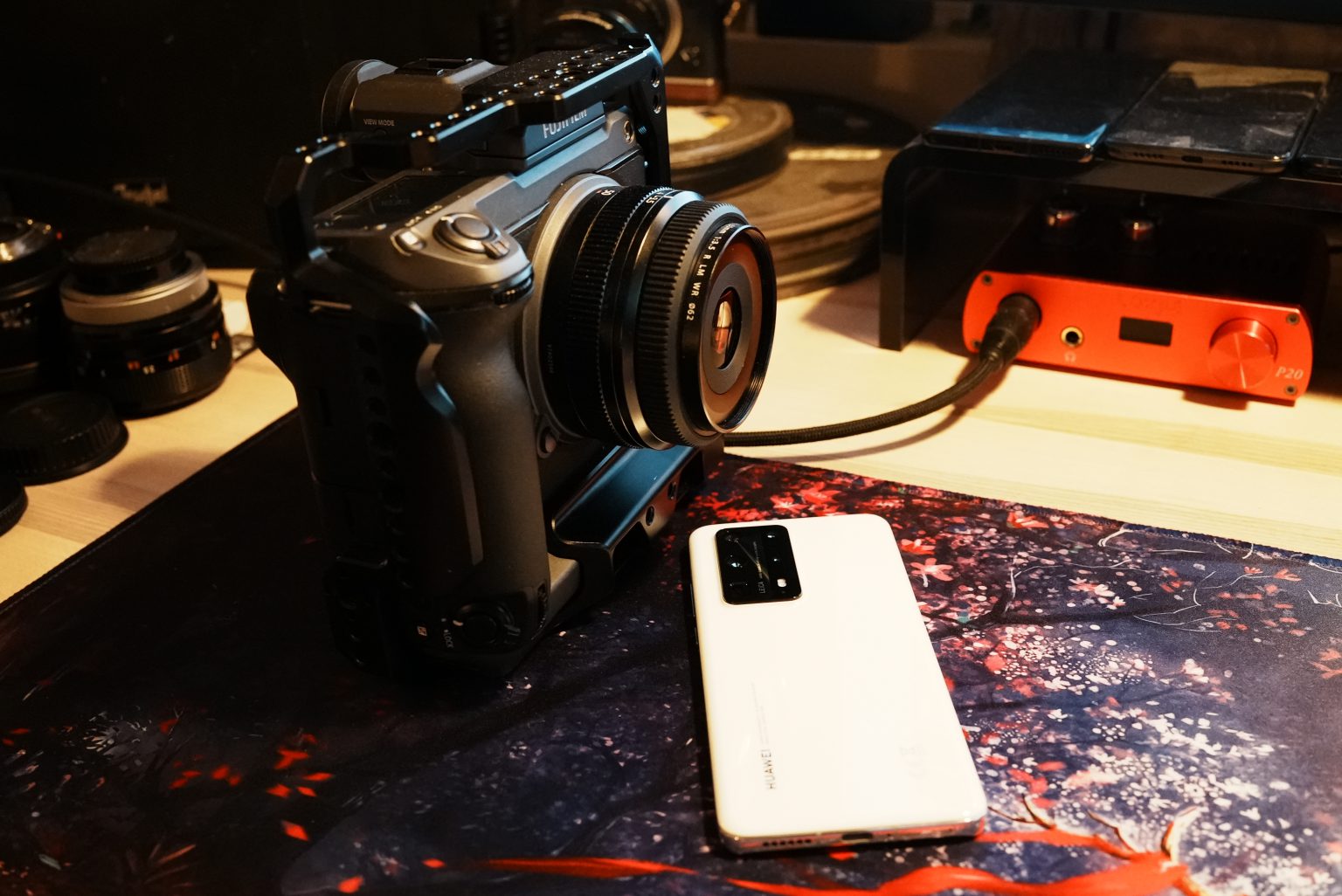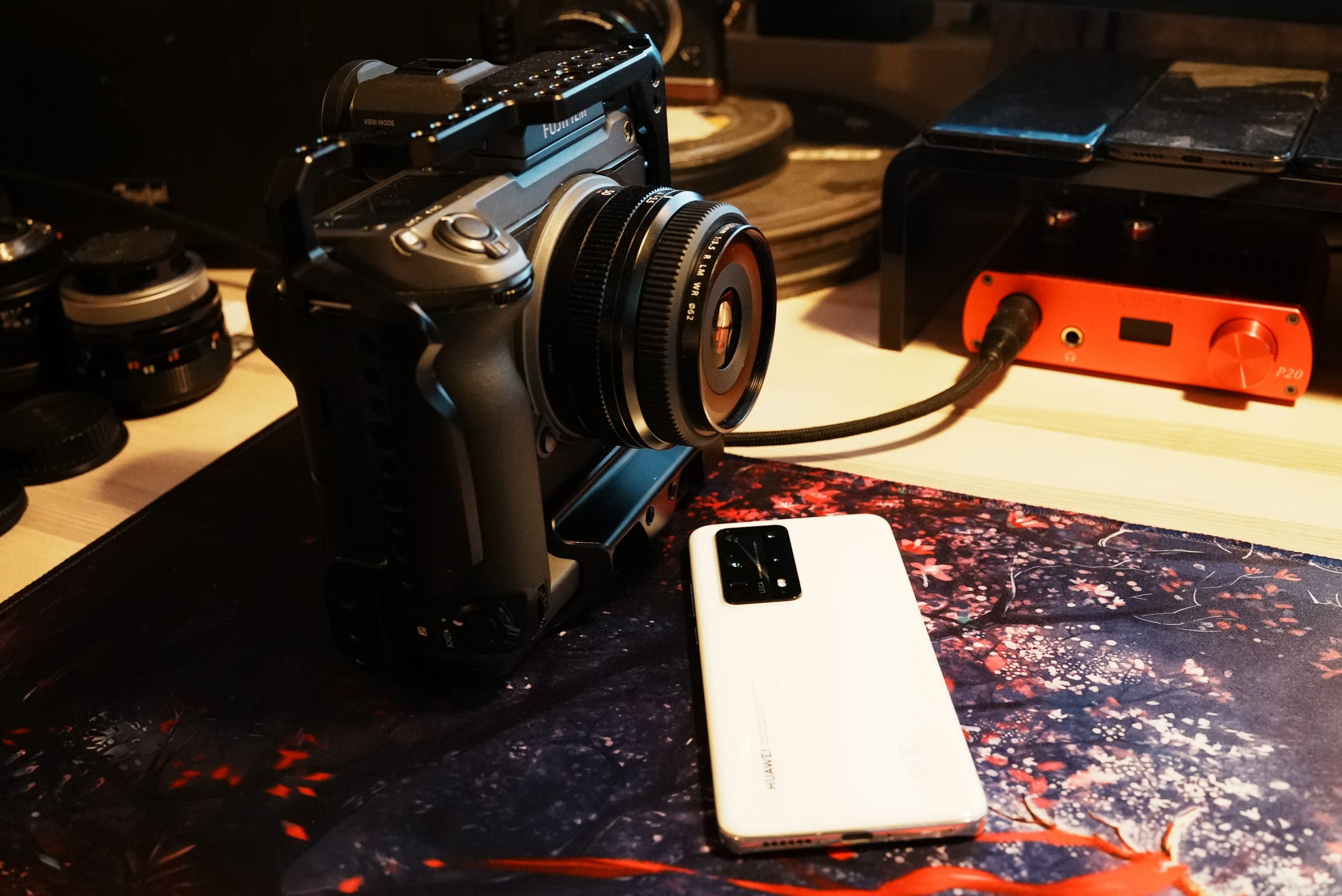
Have smartphones overtaken the best medium format cameras for dynamic range?
This is a comparison that should worry everybody in the camera industry.
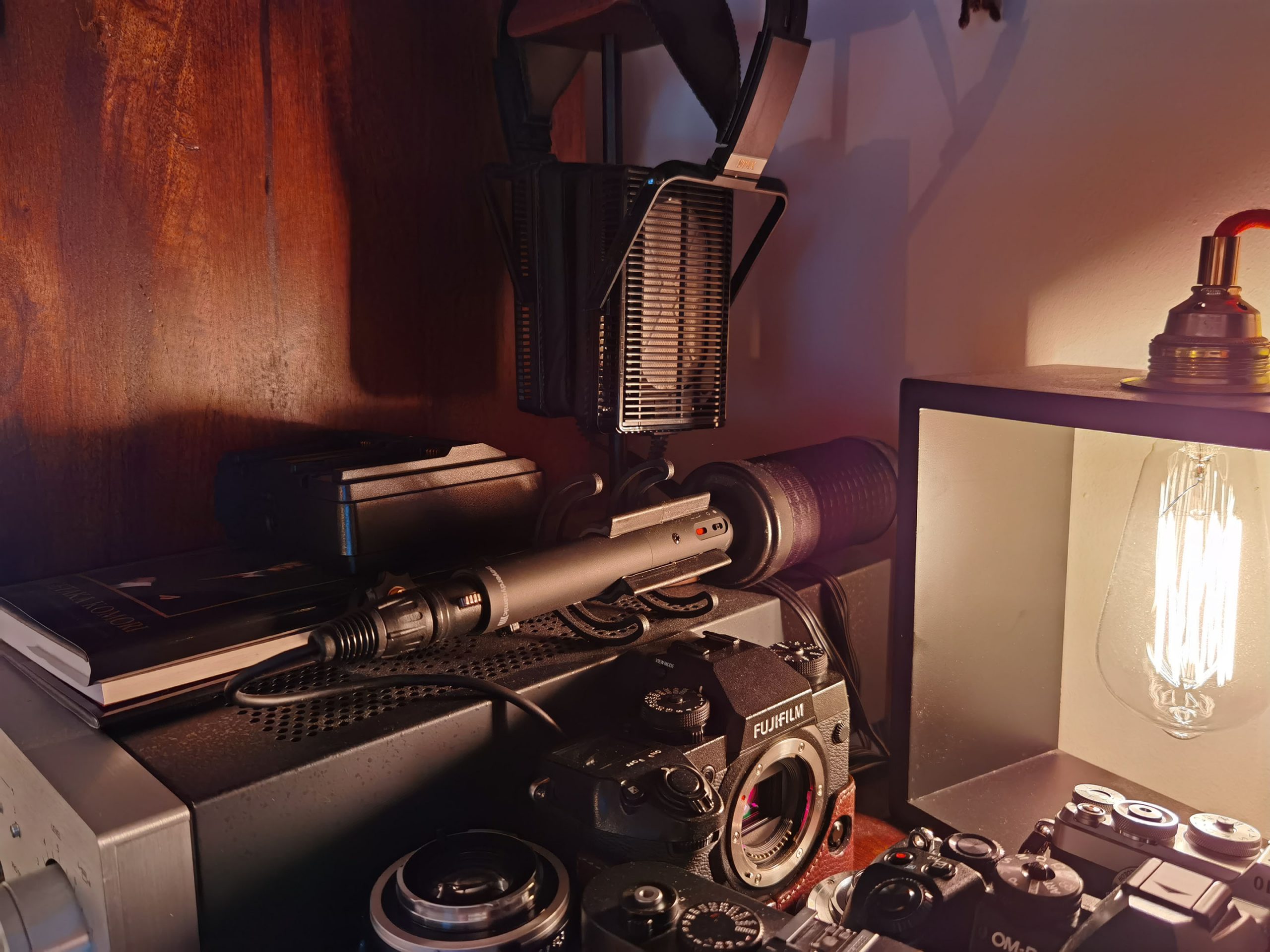
Above: A shot from the “dynamic range monster” P40 Pro Plus
The smartphone industry has dived into computational image processing, in a big way.
The best results are currently with Huawei’s high-end smartphone range. Yes, the ones Trump banned.
That’s a pity as these devices offer hands down the best image quality of any smartphone on the market. Better than Samsung, Apple and the Sony Xperia 1 II. I have tried them all, and all of the top 10 at DXOMark. It is the Huawei P40 Pro Plus (and upcoming Mate 40 Pro based on the same camera system) that lead the way.
The shot above demonstrates incredible dynamic range, with the filaments of the bulb clearly visible.
Compare the shot above to a JPEG from the GFX 100, then let’s see how close we can get the best sensor on the market to the humble Huawei by manipulating a RAW file.
Fuji GFX 100
Classic Chrome:
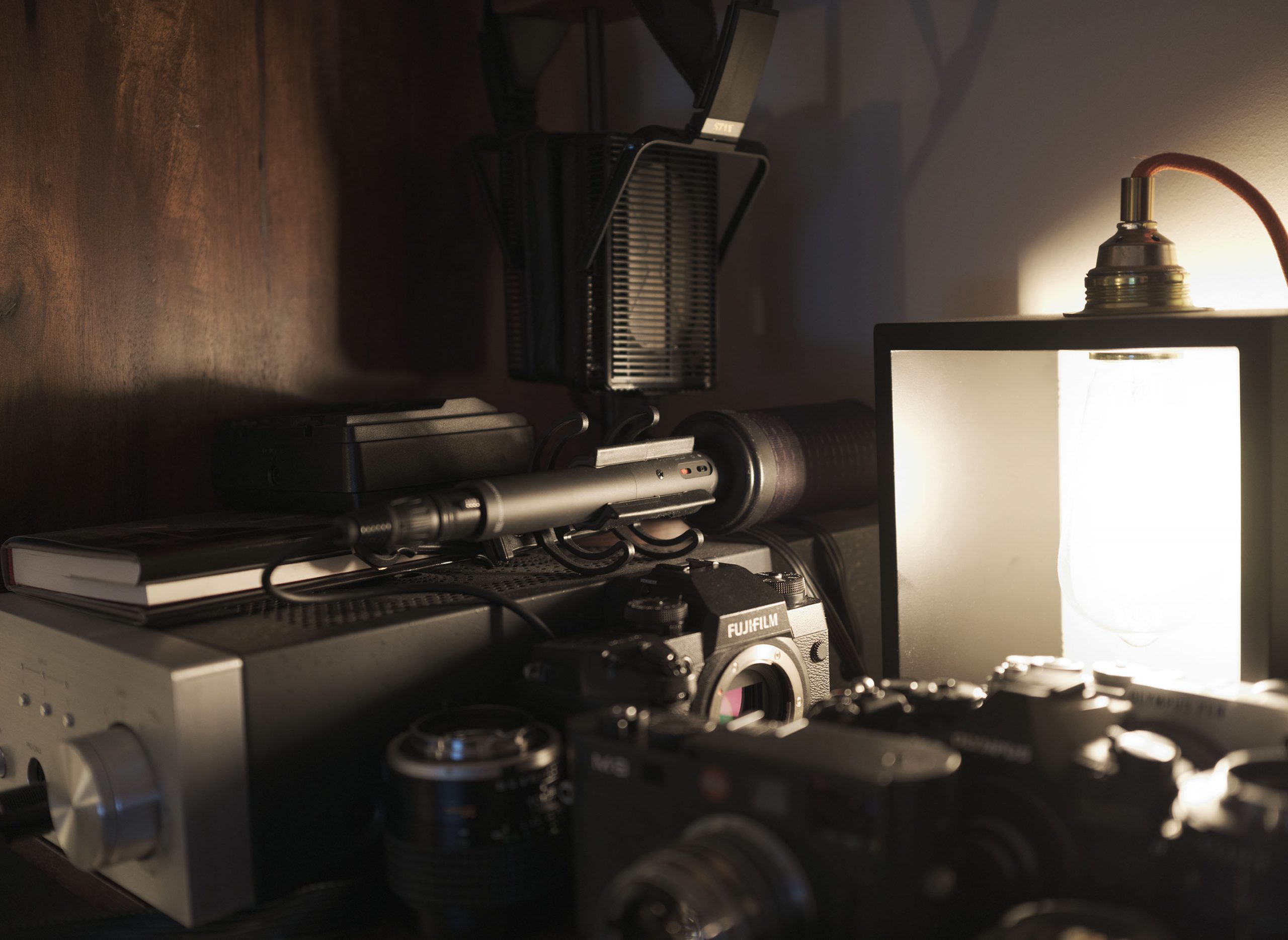
So obviously the straight out of camera results have far less dynamic range than the Huawei P40 Pro Plus does.
Let’s open the RAW file next.
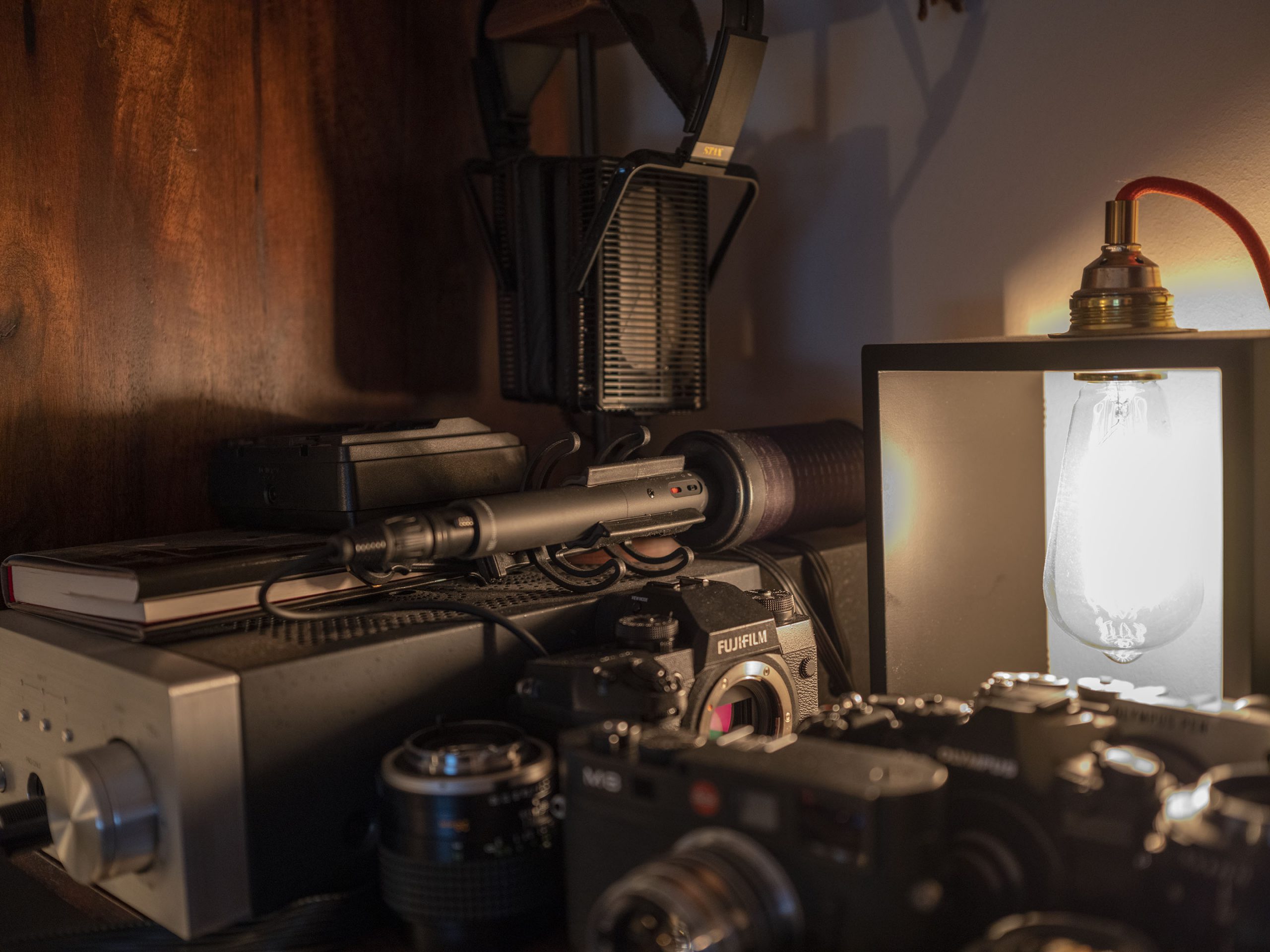
I exposed this in the middle on the meter with a clear live-view image.
The highlights needed to be pulled in post, but they don’t look good.
The shadows do better, there’s room to pull these up quite a bit before too much noise sets in.
Perhaps we should try exposing the RAW photo for the brightest part of the image…
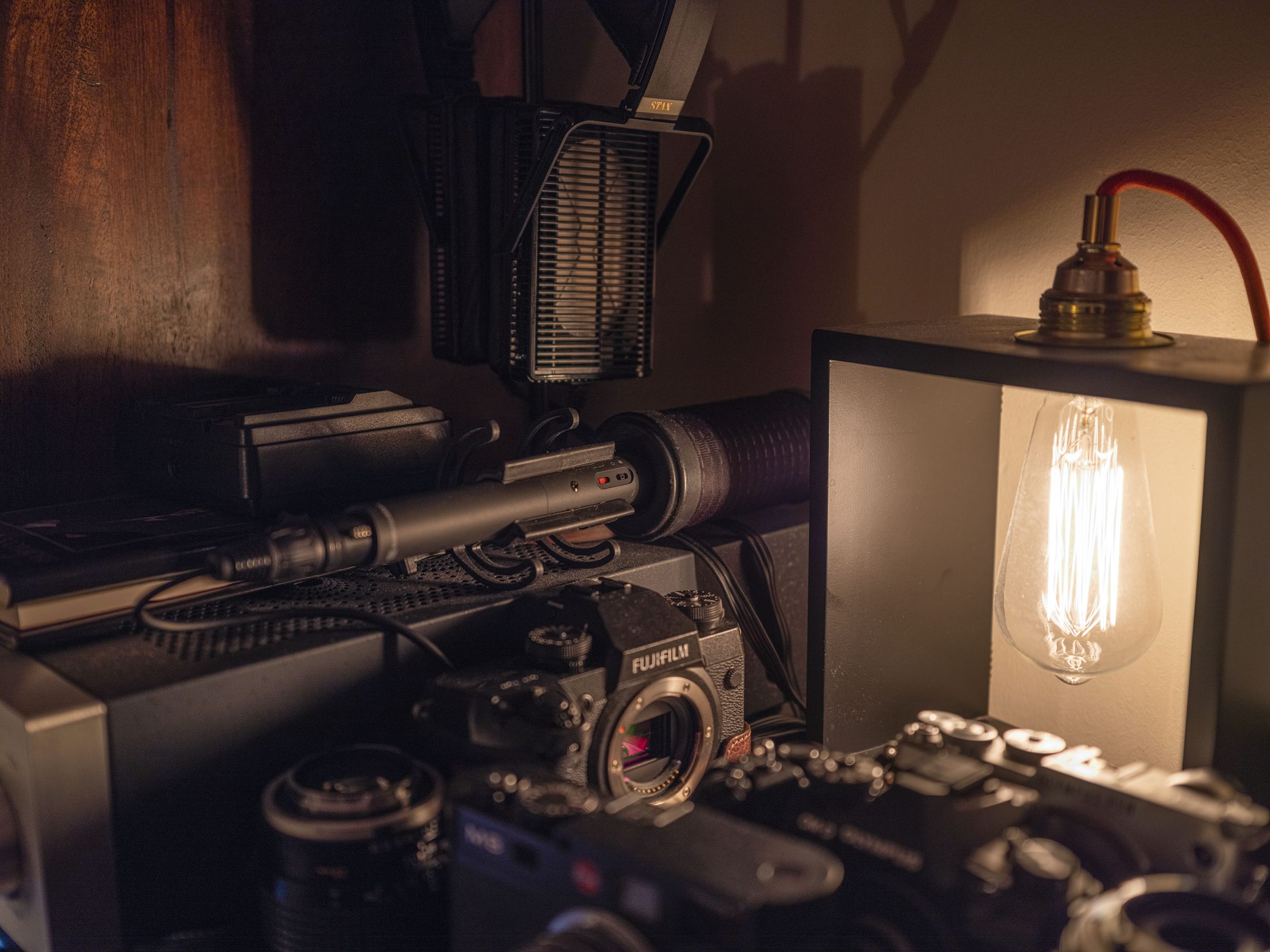
This is 3 stops under, with a very dark live-view image.
The results are closer to the smartphone now, but need quite a bit of processing in Adobe Camera Raw to look their best.
The shadows and black levels are raised in post very significantly, and any further noise becomes all too visible even at low ISOs.
Huawei P40 Pro Plus smartphone
And the Huawei P40 Pro Plus JPEG again for reference:
Approximately 15 stop dynamic range straight off the bat.

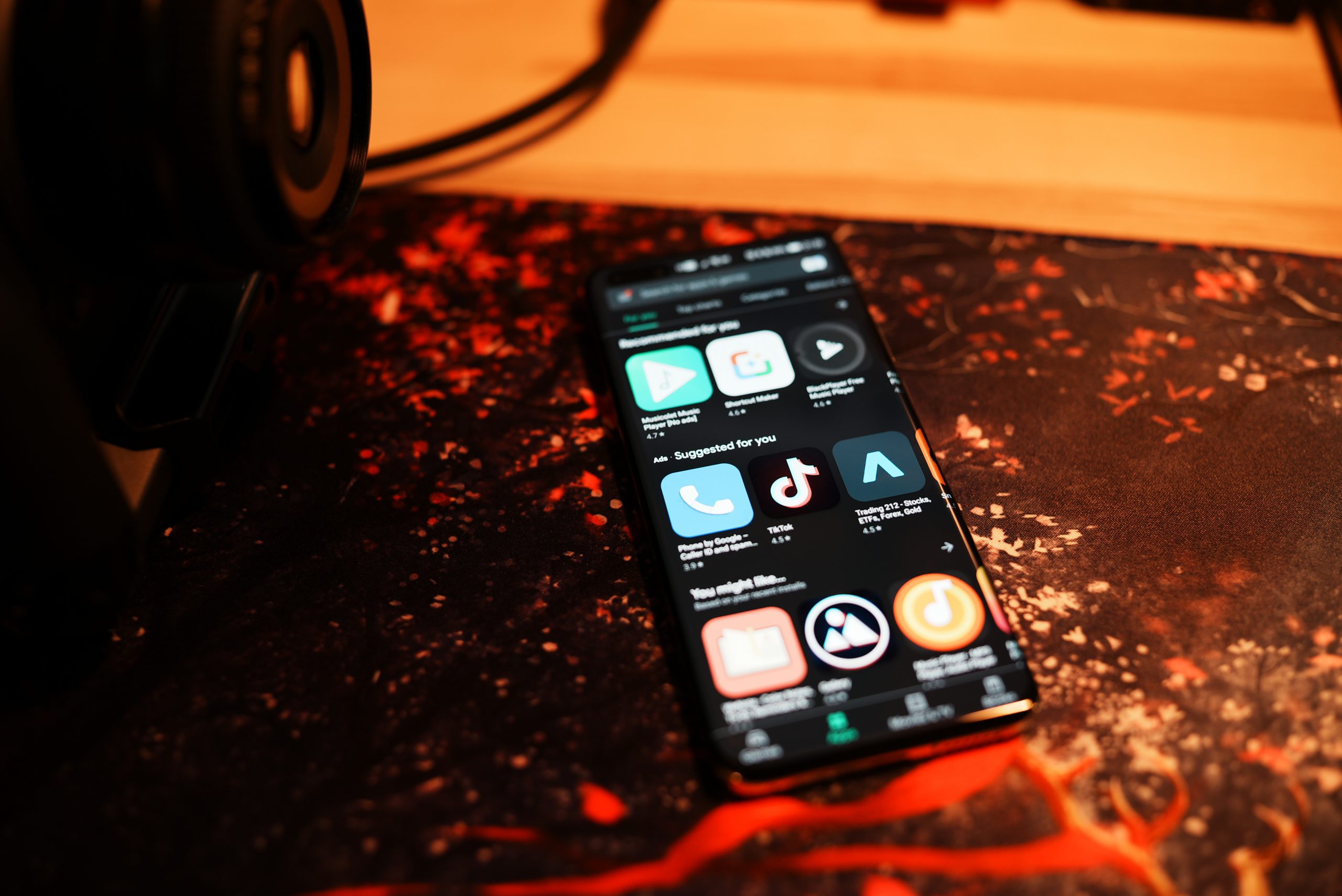
ABOVE: With some trial and error it is possible to get Google Play Services and the Play Store working reliably on the Huawei P40 Pro Plus, with all Google apps like Maps & YouTube operating as normal
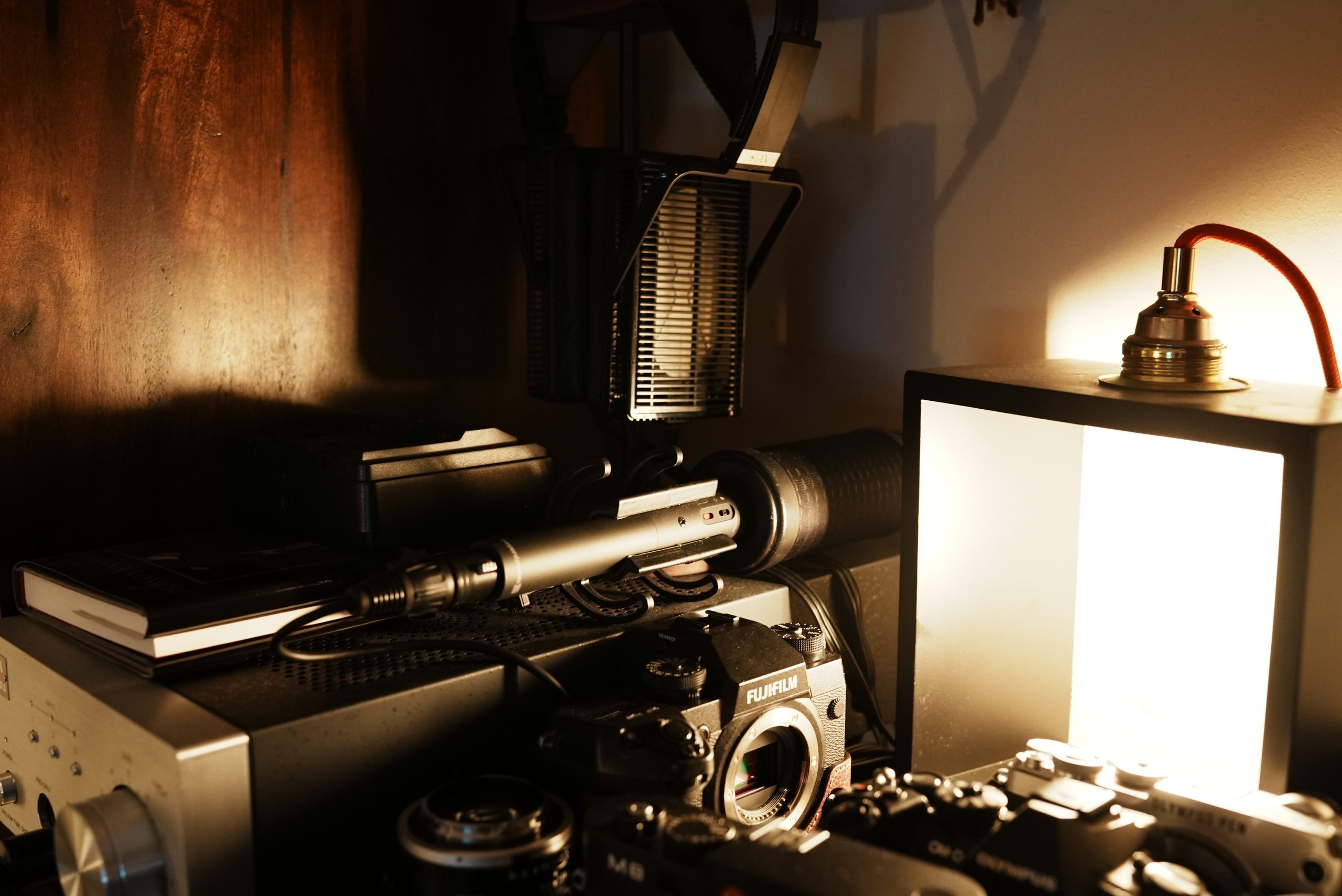
Above: For reference here is a straight out of camera image from the new Sony A7S III which also cannot compete on dynamic range straight out of the camera vs the Huawei P40 Pro Plus
It is a resounding victory for the smartphone in terms of dynamic range, even compared to the GFX 100 RAW file exposed 3 stops under to protect the bright bulb.
The camera industry MUST get their act together when it comes to image processing.
A high dynamic range isn’t always the answer for every shot, sometimes you WANT the added contrast. Sometimes it is better to prioritise specific parts of the scene and emphasise a narrow range of light.
But 15 stops on a smartphone with near-1 inch sensor sure is nice to play with.




